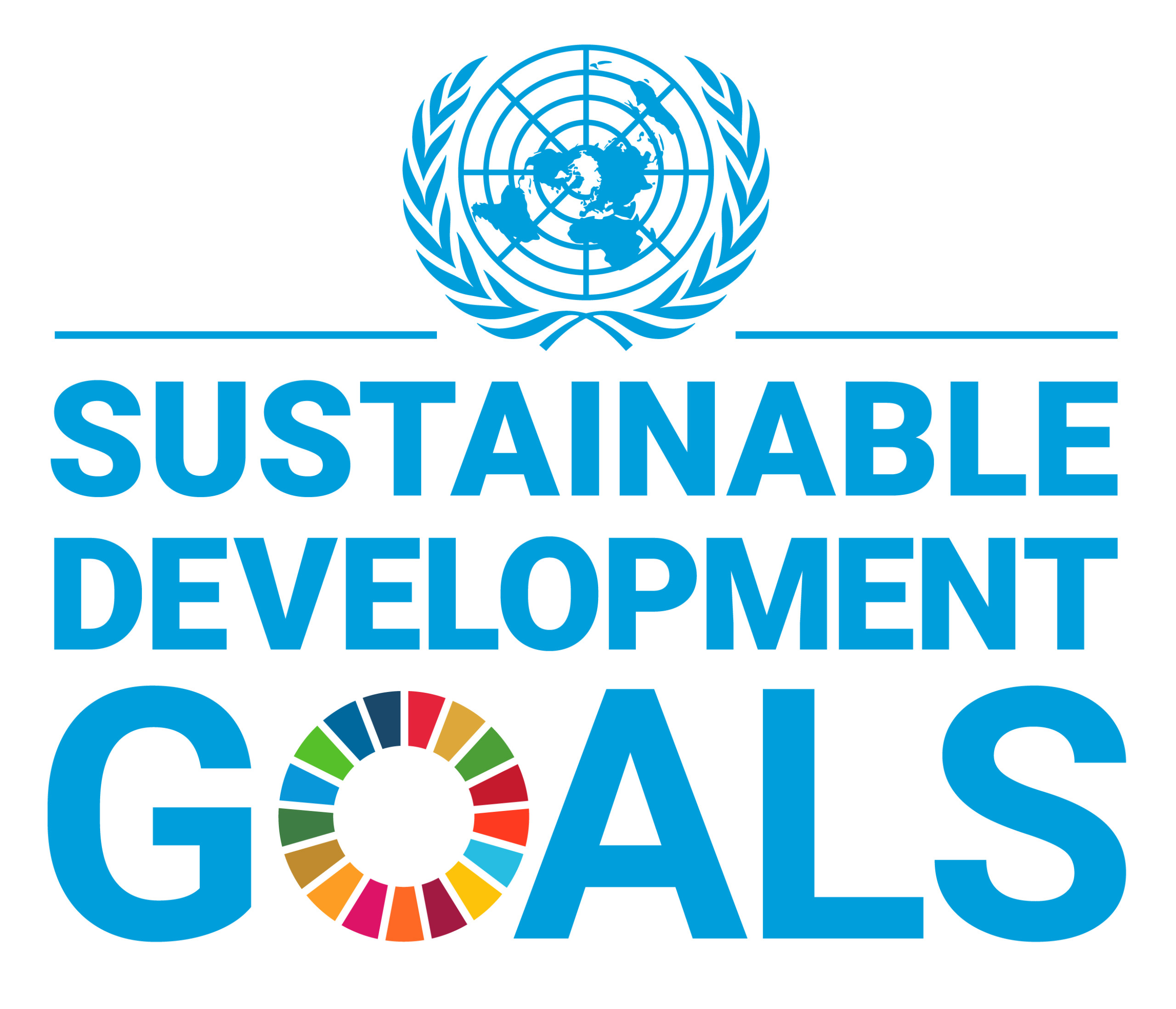This website uses cookies so that we can provide you with the best user experience possible. Cookie information is stored in your browser and performs functions such as recognising you when you return to our website and helping our team to understand which sections of the website you find most interesting and useful.
News
Critical Uses of PVC Applications Needed to Achieve the United Nations SDGs
The Vinyl Institute is taking a delegation to the United Nations Intergovernmental Negotiating Committee (INC-2) meeting in Paris. This is the second in a series of meetings focused on developing a legally binding instrument designed to eliminate plastic pollution.
As outlined in our statement, the VI supports a global agreement that creates a circular economy for all plastics and eliminates plastic pollution.
Specifically,
- We support an ambitious plan to eliminate plastic pollution through an implementable agreement
- We support the creation of independent national plans of action
- We support flexibility in achieving circularity and oppose any lists of banned or restricted polymers and products
- We support policies that accelerate the implementation of the United Nations Sustainable Development Goals (UN SDGs) and include plastic products
Participating in INC-2 is an opportunity for the U.S. vinyl industry to provide educational information to other participating delegations about the critical uses of PVC applications needed to successfully achieve several of the UN SDGs. For example:
One-quarter of all medical devices use PVC due to its performance and cost-effectiveness1.
The success of UN SDG three, “Good Health and Well Being,” relies on PVC. One of the most important uses may be in PVC blood 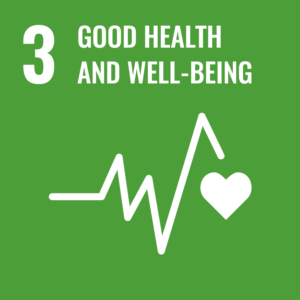 bags, which allow a long, stable, and safe shelf life for the blood. Under refrigeration, blood stored in a PVC bag is proven and trusted to last for up to 49 days. While much blood is used within a few weeks, there are several reasons why a storage period of up to 49 days is crucial for preserving the more than 14 million units of blood transfused in the US annually2:
bags, which allow a long, stable, and safe shelf life for the blood. Under refrigeration, blood stored in a PVC bag is proven and trusted to last for up to 49 days. While much blood is used within a few weeks, there are several reasons why a storage period of up to 49 days is crucial for preserving the more than 14 million units of blood transfused in the US annually2:
The warehousing and distribution of the national blood supplies are based on up to 49 days of shelf life. Patients’ safety depends on this stable supply of blood components stored in blood bags, especially red blood cells that must meet the criteria of a low hemolysis rate without visible hemolysis in the supernatant.3
In healthcare facilities, PVC flooring, wall covering, and furniture can help prevent the spread of disease and infection due to its excellent surface properties and cleanability. To safely disinfect hospital rooms and medical facilities, PVC products are necessary since they are best at withstanding harsh cleaning solutions4.
PVC protects medical personnel. Doctors on the front lines battling some of the most virulent diseases in the world rely on PVC. It remains a critical part of helping protect medical professionals and caregivers confronting serious contagions, such as COVID-19, by constructing protective shields and outer garments. Many of these same devices have been used to protect doctors and nurses combating Ebola for years.
PVC pipes safely deliver clean water and wastewater.
Under UN SDG six, “Clean Water and Sanitation,” PVC pipes are the quality product of choice for both drinking water and sewer 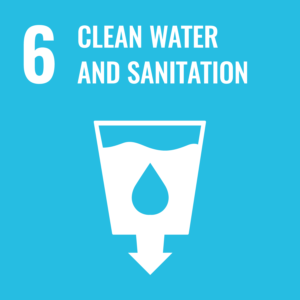 infrastructure. PVC pipes are critical components of desalination plants that can provide clean drinking water to arid regions. PVC pipe’s smooth, non-corrosive surface stays clean even after decades of use, unlike iron pipe, which suffers from tuberculation, a form of internal corrosion and bio-film contamination that can be a breeding ground for bacterial, like E. Coli and Legionella5.
infrastructure. PVC pipes are critical components of desalination plants that can provide clean drinking water to arid regions. PVC pipe’s smooth, non-corrosive surface stays clean even after decades of use, unlike iron pipe, which suffers from tuberculation, a form of internal corrosion and bio-film contamination that can be a breeding ground for bacterial, like E. Coli and Legionella5.
The town of Walkerton, Ontario, Canada, provides a case in point. In 2000, E-coli had infiltrated the municipality’s iron-pipe water network, and purging it from the system was extremely difficult. Only after repeated and costly flushing with super-chlorination was the piping system safe to use again. Today, Walkerton, now part of the Municipality of Brockton, is replacing all its iron pipes with PVC.6
PVC pipes are a lower-carbon solution for water infrastructure.
If the world hopes to achieve UN SDG eleven, “Sustainable Cities and Communities,” then PVC must not only be allowed but encouraged as the way to achieve a low-carbon piping system infrastructure. PVC has a lower embodied carbon than other pipes 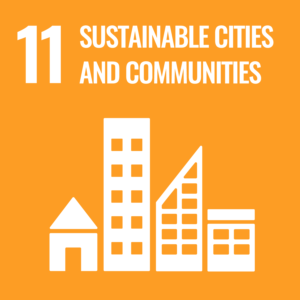 like iron, copper, cement, or clay. PVC is the lower carbon solution for new or replacement infrastructure, with a documented lower carbon footprint. Durable PVC pipes are also proven as the longest-lasting of all pipe materials, meaning fewer replacements are needed, and therefore less embodied carbon is required to maintain system integrity over time.
like iron, copper, cement, or clay. PVC is the lower carbon solution for new or replacement infrastructure, with a documented lower carbon footprint. Durable PVC pipes are also proven as the longest-lasting of all pipe materials, meaning fewer replacements are needed, and therefore less embodied carbon is required to maintain system integrity over time.
According to a study conducted by McKinsey, PVC pipes have significantly lower total greenhouse gas emissions during production than other pipe materials. In sewer pipe applications, PVC has lower GHG emissions, approximately 45 percent lower than reinforced concrete pipes and 35 percent lower than ductile iron pipes.7
The US Green Build Council (USGBC) completed a four-year study in 2007 to evaluate the technical and scientific basis for a PVC-related materials credit as part of the LEED Green Building Rating System. The evidence collected during the study led the Technical Science Advisory Committee (TSAC) to conclude that a credit-rewarding avoidance of PVC could steer decision-makers toward using materials that are worse for human and environmental health. The evidence also served as a basis for the “increased use of integrated methods for material evaluation, not only to pass judgment on a particular credit for a particular material.” In addition, the recommendation encouraged the development of credits informed by life cycle assessments (LCA) and risk assessments that use a systematic, comprehensive, whole-building approach to critical issues such as bio-accumulative pollutants, particulate emissions, and climate change.
PVC applications provide food safety & security and stop waste.
Under UN SDG twelve “Responsible Production and Consumption,” PVC applications play a critical role in providing food safety and security as well as reducing food waste. PVC films protect food products from microorganisms that breed quickly on 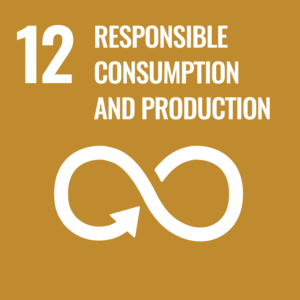 uncovered food and help prevent food waste.
uncovered food and help prevent food waste.
Used as an interior metal can liner, vinyl coatings protect the can contents from imparting metallic flavors into the food or beverage and protect the can from corroding due to acids in the food or beverage thereby increasing product shelf-life. PVC sealants preserve flavor and provide airtight seals for caps and closures on food and beverage bottles and jars keeping food fresh and bacteria out — also preventing food and beverage waste.
Food security is also achieved with PVC piping and drip irrigation to deliver water and nutrients in a targeted manner to outdoor farms, as well as to indoor growing operations where food can grow locally in areas of the world that have relied on imports. In addition, clear PVC tubes are used as a key material of construction in algae bioreactors that create alternative sources of nutrition for human food, agriculture/aquaculture feed, and nutraceuticals.
Any global agreement claiming PVC as hazardous or problematic would contradict U.S. government positions7.
PVC is a low embodied carbon material that is critical to tackling climate change, a global priority that is shared by the U.S. Environmental Protection Agency (EPA) and this Administration. Executive Order 14008, Tackling the Climate Crisis at Home and Abroad, states that it is the policy of the Administration to deploy the full capacity of federal agencies to combat the climate crisis to implement a government-wide approach that increases resilience to the impacts of climate change. E.O. 14008 also directed agencies to develop action plans with steps each agency can take to bolster adaptation and increase resilience to the impacts of climate change.
In October 2021, EPA released its 2021 Climate Adaptation Action Plan. The plan states that EPA will ensure its programs, policies, rules, enforcement, and compliance assurance activities consider the current and future impacts of climate change. PVC wire and cable jacketing and conduit are key components of electrical infrastructure that serve as the backbone of the Administration’s plans to develop a nationwide capacity of electric vehicle charging stations and to electrify buildings and industry. And, because of its low embodied carbon profile, as well as its durability and energy-efficient performance while in use, PVC products help infrastructure, buildings, and other applications address climate change issues in piping, roofing, cladding, flooring, and more.
More information about PVC:
- EPA tentatively denies Center for Biological Diversity petition on PVC (vinylinfo.org)
- The U.S. PVC Industry is Focused on Accelerating Post-Consumer PVC Recycling – Vinyl (vinylinfo.org)
- Learn About The Importance of PVC In Healthcare Settings and Products (vinylinfo.org)
Endnotes:
- https://pvcmed.org/healthcare/facts-figures/
- https://www.cdc.gov/bloodsafety/basics.html
- https://pvcmed.org/healthcare/safe-and-innovative-pvc-blood-bags/
- https://www.iands.design/sourcestextiles/article/21066721/the-time-for-upholstered-fabric-performance-in-healthcare-is-now
- https://www.nationalacademies.org/news/2019/08/stronger-policies-needed-to-protect-the-public-from-legionnaires-diseasehttps://www.uni-bell.org/About-Us/Public-Health
- McKinsey and Company, Climate Impact of Plastics, July 2022
- https://www.bakerinstitute.org/research/why-classifying-pvc-hazardous-waste-undermines-americas-zero-waste-and-energy-transition
CONNECT WITH US
T: 202.765.2200
For Press Inquiries Contact gconnolly@vinylinfo.org
QUICK LINKS
Sign Up for Our Newsletter
© Copyright 2024 Vinyl Institute. All rights reserved.

